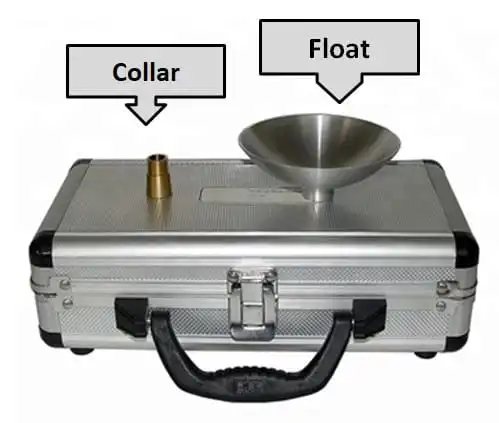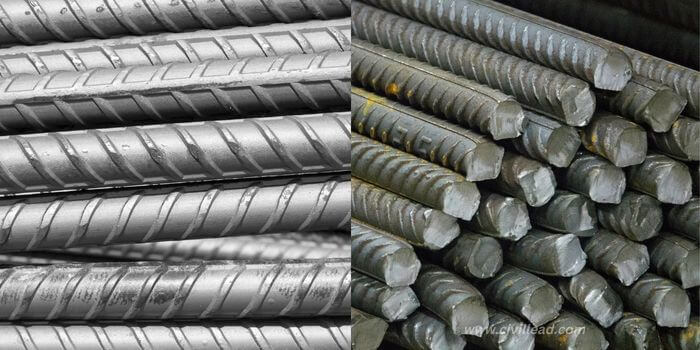The rocks that are used to manufacture building stones are divided into three categories:
1. Geology classification
Based on the kind of geological process that produced them and how it happened, rocks are classified into three categories:
Rocks made of igneous material
When lava that has erupted on Earth’s surface cools, they are produced. They include neither shells nor fossils. The rocks’ acidity or alkalinity is determined by the quantity of silica in them.
- When magma is forced up during volcanic eruptions and spreads over the earth’s surface, where it solidifies, basalt and trap are formed. These rocks are known as exuberant.
- Solid crystalline rock known as “deep-seated plutonic rock” is created when lava solidifies under the surface of the earth. Examples include gabbro, syenite, diorite, and granite.
- When magma solidifies at a relatively shallow depth, the resultant rock has a finely grained crystalline structure; this kind of rock is known as hypabyssal rock. Dolerite is one kind of such rock.
- The three primary constituents of magma are quartz, mica, and felspar.
| Type | % of Silica | Example |
| Acid rocks | 70-80 | Granite, Rhyolite |
| Intermediate rocks | 60-70 | Syenite, Ana’esite |
| Basic rocks | 45-60 | Gabbro, Dolerite |
| Ultra-basic rocks | 30-45 | Peridotite, Basalt |
Rocks with sediments
At the bottom of rivers, lakes, or the ocean, they are created by the slow deposition of broken rocks.
- Gypsum, anhydrite, magnesite, dolomite, and lime tufas are examples of sedimentary rocks that are the consequence of salt precipitation in drying water basins (chemical deposits).
- Limestone, shale, chalk, diatomite, and tripoli are examples of sedimentary rocks that are the consequence of the buildup of plant or animal remnants, or known as organogenous rocks.
- Rocks such as sandstone, laterite, sand, gravel, carbonate conglomerate, and breccia are examples of fragmentary rocks that are the consequence of huge magmatic or sedimentary rocks breaking down.
metamorphic rocks
- These are created within the earth when intense heat and pressure are applied to sedimentary or igneous rocks. Calcite, aragonite, and/or dolomite crystals form an interlocking mosaic as a result of the original rock completely recrystallizing throughout the metamorphic process.
| Original rock | Metamorphic rock | Original rock | Metamorphic rock |
| Granite | Gneiss | Shale | Slate, Schist, Phyallite |
| Syenite | Gneiss | Laterite and Granite | Schist |
| Sandstone | Quartzite | Dolomite | Marble |
| Limestone and Marl | Marble, Schist | Dolerite, Basalt, Trap | Schist |
| Mudstone | Slate | Felsite, Tuff | Schist, Slate |
| Conglomerate | Gneiss, Schist | Claystone | Hornblende |
2. Physical/Petrological Categorization
Rocks may be categorized into five kinds based on their physical properties and alignment:
- 1. Rocks that are stratified may be distinguished by their unique, independent strata. The plane that allows for layer separation is known as the “cleavage plane”.
Slate, sandstone, and limestone are a few examples. - 2. Unstratified rocks show no indications of stratification and are difficult to fracture into slabs.
Two examples are trap and granite.
- 3. Fractured or foliated rocks often fracture in a single direction. Most metamorphic rocks have foliated structures, with the exception of marble and quartzite, which have granulose structures.
3. Chemical classification
Based on their chemical composition, rocks may be classified into the following categories:
- 1. The main component of rocks categorized as silicious is silica. When silica is unreacted, it is called sand; when it is combined, it is called silicate.
- Granite, sandstone, and quartzite are a few examples.
- 2. Argollaceous rocks mostly consist of clay or alumina.
- Laterite, kaolin, and slate are a few examples.
- 3. The primary ingredient in calcareous rocks is lime, sometimes known as calcium carbonate. These rocks react quickly to even diluted HCl.
- Two examples are limestone and marble.







